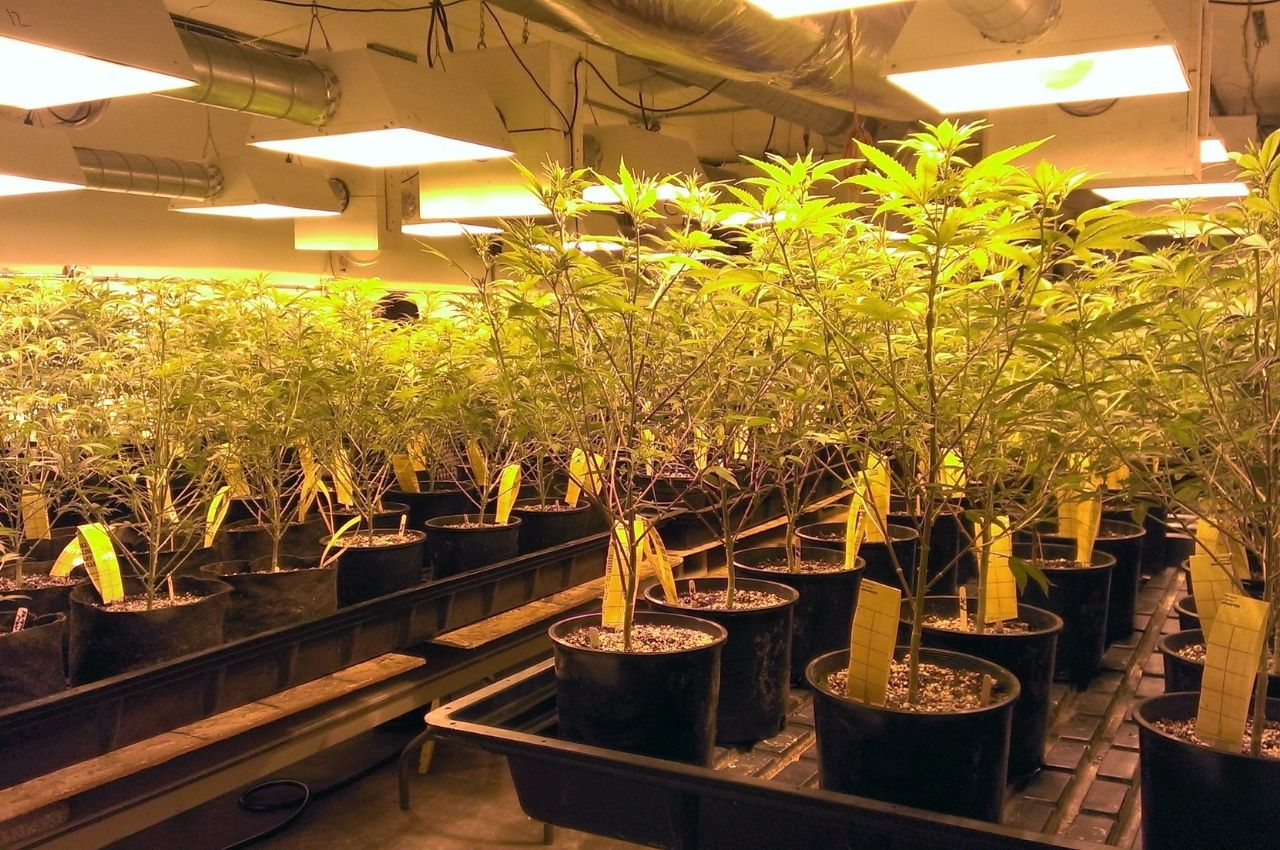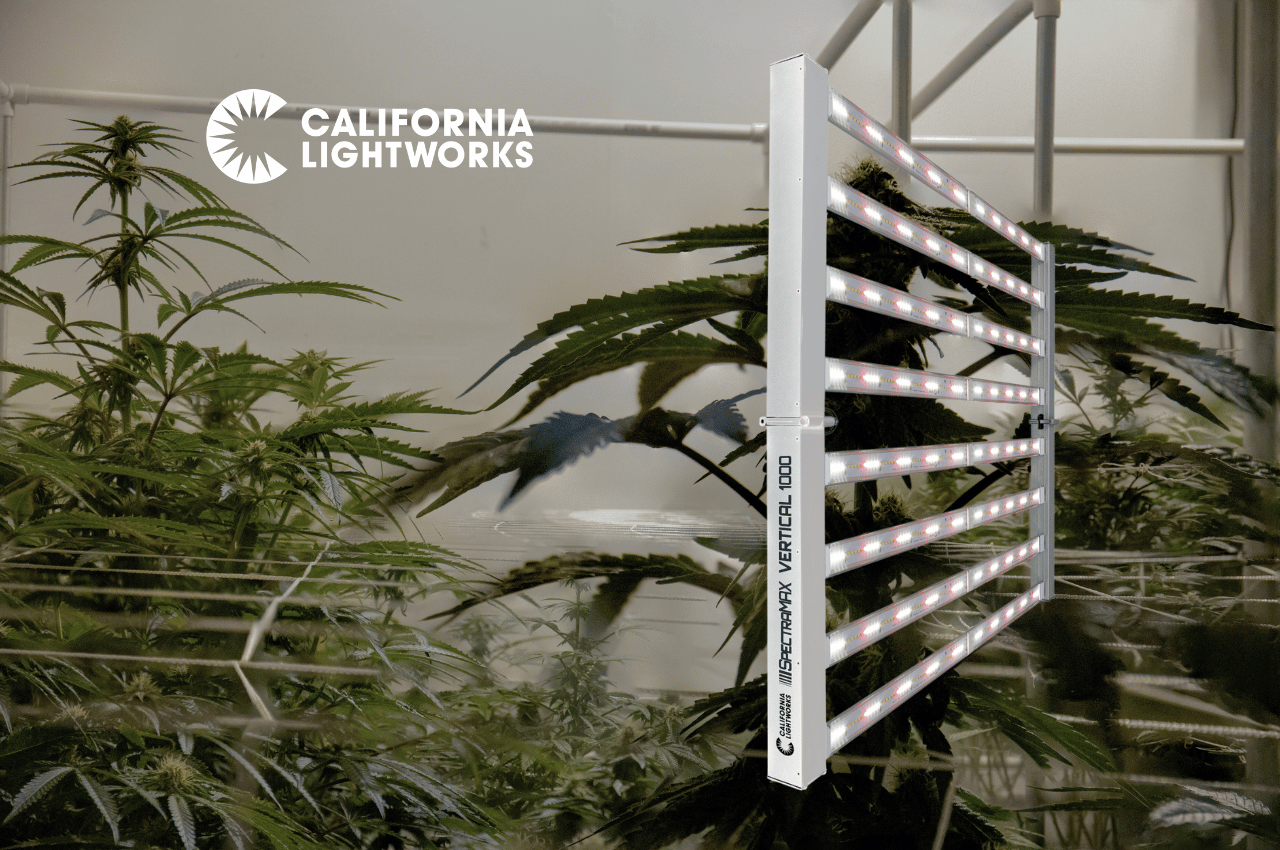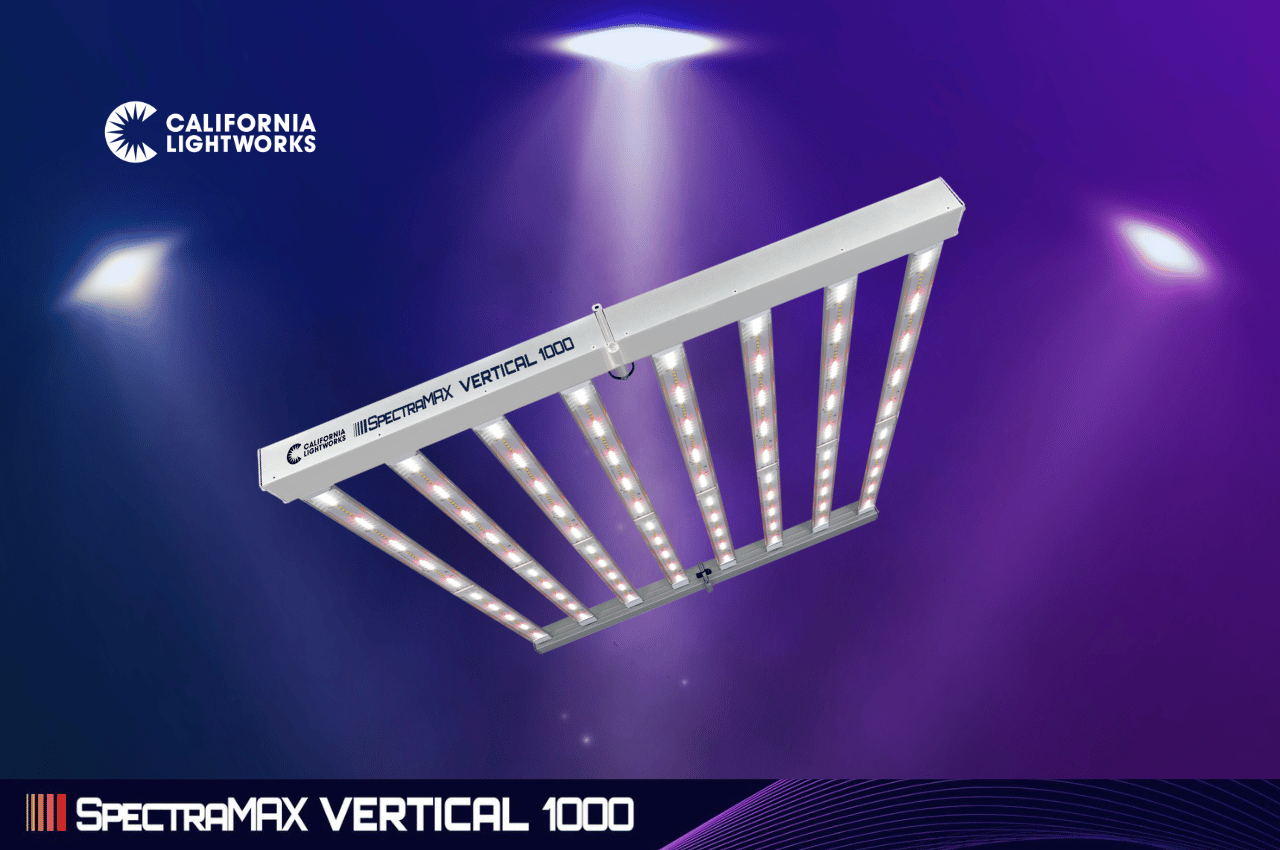When it comes to light, different spectrums can have a major impact on plants. They change everything from the color to the fragrance, and can even be used to change how plants grow. This is why variable spectrum LED lights are becoming increasingly popular – they allow users to create custom plant characteristics by experimenting with different spectrum settings.
Can you change the way plants grow by using different spectrums? Absolutely. While the relationship between light spectrum and plant growth is still not entirely clear, we do know that having jurisdiction over light settings can give you better control of your plants.
What Is The Light Spectrum?
A wide range of electromagnetic radiation creates light, although not all light is visible to us. We can only see light that fall within a certain range of frequency and wavelength. We have cone-shaped cells in our eyes that act as receptors to certain wavelengths, but cannot pick up many other electromagnetic waves such as x-rays, gamma rays, and radio waves. The human eye reacts most to the middle light spectrums such as green, yellow and orange. This is why most artificial lighting for humans was concentrated in these spectrums and this was measured in lumens.
While the sun’s most accessible light falls in these middle spectrums, plants respond differently to light spectrums. While plants use much of the energy in these middle spectrums, they are much more influenced by the red and blue spectrums. There are specific photosynthesis peaks in red and blue. This is where most of the growth occurs. Adjusting red/blue ratio levels can have a big impact on the way plants grow.
There are also invisible light spectrums which can affect a plants growth – especially in the ultraviolet and infrared spectrums.
This is why LED lights have become increasingly popular. Variable spectrum LED systems allow growers to expose their plants to highly specific types of electromagnetic radiation. Not only does this promote healthy plant growth, it allows growers to customize their final results. How so? Different light spectrums have a profound effect on plant growth.
How Do Different Spectrums Impact Plant Growth?
If you’re working with variable spectrum LED lights, you have a lot of different spectrums to work with – and each one impacts plant growth differently. Here’s a brief breakdown:
UV Light Different Spectrums
Exposure to ultraviolet radiation has a variety of effects on plants. It may make their color darker, increase essential oil content for some herbs, and make leaves thicker, which helps foster resistance to stress, pests, and fungus.
California Lightworks offers special supplemental UVB lights to help growers get better results in these areas.
Blue Light Different Spectrums
Blue light affects growth and flowering, so it’s often used heavily for growers making ornamental crops. A small amount of blue light is needed to sustain normal plant growth, but many using adjustable spectrum lights may expose their plants to extra blue light for a variety of reasons.
Blue light can improve the flavor and aroma of plants, encourage extra flowering, and can even increase chlorophyll accumulation, which can make your plants healthier overall. Many growers will use heavier blue light at the very end of the growth cycle to get better smells, colors and resin development.
In many plants, blue light will make plants grow shorter with less spacing between the branches. Growers preferring shorter bushier plants often use higher blue to achieve this.
For fruit and flowering plants, blue light can often reduce yield and fruit size. Manu growers will reduce the level of blue light for plants that are in the fruit and flowering phase.
Green Light Different Spectrums
Green light is not as well understood as other lights in the spectrum. Chlorophyll does not absorb green light as easily, so green light is considered less effective for photosynthesis. However, green light still has some effects on your plants.
Green light stimulates growth in lower leaves, which can increase overall crop yield. While greenhouses don’t necessarily need a lot of supplemental green light, indoor growers may find green light helps compensate for a lack of sunlight.
Red Light Different Spectrums
Red light is one of the most effective spectrums for promoting photosynthesis. Red light can make plants grow taller and make their leaves longer and thinner. When grown under only red light, leaves can get too long, however.
This is why light balance is important. A combination of red and blue lights can help you reap the benefits of red lights while still promoting healthy growth patterns and thick leaves.
Red tends to make plants stretch and grow tall and skinny. In some cases, growers use heavy red to grow taller of longer stemmed flowers.
For fruit and flowering plants, red in the main driver of yield. Many growers will start with blue to get shorted bushier plants. Next, they will shift to heavy red to get the maximum yield during the flowering phase. Finally, when the desired yield is achieved, growers will finish with heavy blue to maximize smells, colors, and chemical profiles.
Variable spectrum LEDs offer a grower unlimited options for the getting the best targeted results.
What Does This Mean For Me?
What does this mean for a grower on a practical level? That truly depends on why you’re growing. Part of the fun of variable spectrum LED lights, in fact, is experimenting with different spectrums throughout the process to try to get the yield you want.
If you’re growing for potency, for example, extra UV light during the late stages of the flowering period can help. If you’re growing to create ornamental plants, more blue light can create bigger, more colorful flowers. If you’re looking to maximize your yield, running high levels of red light throughout the entire growing process helps stimulate growth.
While many seasoned growers have recommendations, there are no perfect formulas to get your desired yield. What we do know, however, is that different spectrums absolutely affect how plants grow, and that variable spectrum LED lighting allows you to control light exposure and customize your yields.
If you’re looking for full-spectrum lighting, our SolarXtreme series provides full-spectrum lamps and our SolarSystem series provides variable spectrum control.
Conclusion
Is it possible to change plant growth with different light spectrums? Absolutely. While we’re still exploring the ways light spectrums affect plants, growers have seen remarkable differences in their yield simply from tweaking light exposure during the growing process.
Variable spectrum LED grow lights give you control over the different spectrums, allowing you to tailor your yields. This is why they’ve become increasingly popular for both professional and home growers in recent years. While it may take some trial and error to find out the right combination of light, that’s part of the fun of growing.
As always, we’re happy to help if you have any questions. Reach out here.







